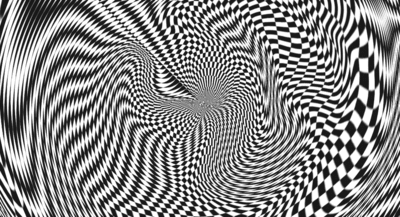Phosphene
A phosphene is a phenomenon characterized by the sensation of seeing light spots that is caused by mechanical, electrical or magnetic stimulation of the retina or visual cortex. An example of a phosphene is the light patterns seen when rubbing the eyelids with a lot of pressure. Phosphenes are an entoptic phenomenon.
Phosphenes have been linked to optic neuritis.
History
In 1918 Lowënstein and Borchard discovered that after electrical stimulation of the visual cortex, phosphenes appeared. Penfield and his research group in the 1950s confirmed phosphenes and that electrical stimulation of certain areas of the brain produced images (phosphenes) as sounds, tactile sensations.
Phosphenes and neural prostheses
Brindley and Lewin, at the University of Cambridge, and a group of researchers at the University of Utah, led by Dobelle, studied phosphenes in depth and laid the foundation for making a visual prosthesis based on electrical signals injected via electrodes into the visual cortex. In 1976, Dobelle's group made it possible for the long-term blind to see Braille characters using six electrodes. Reading was much faster than touch.
They were the first attempts to make neural prostheses. Today they are still not well established as there are still problems with the permanent implantation of electrodes in the brain: oxidation, inflammation of the meninges, etc.
In 2002 the Instituto de Astrofísica de Canarias developed a sensory substitution program in which a sound visual space is created. A sound space is created that the blind can interpret. Consider, for example, that all objects are covered with bells that sound at the same volume, the distance is indicated by the level of said volume.
Contenido relacionado
Sensory organ
Claustrophobia
White blood cell
